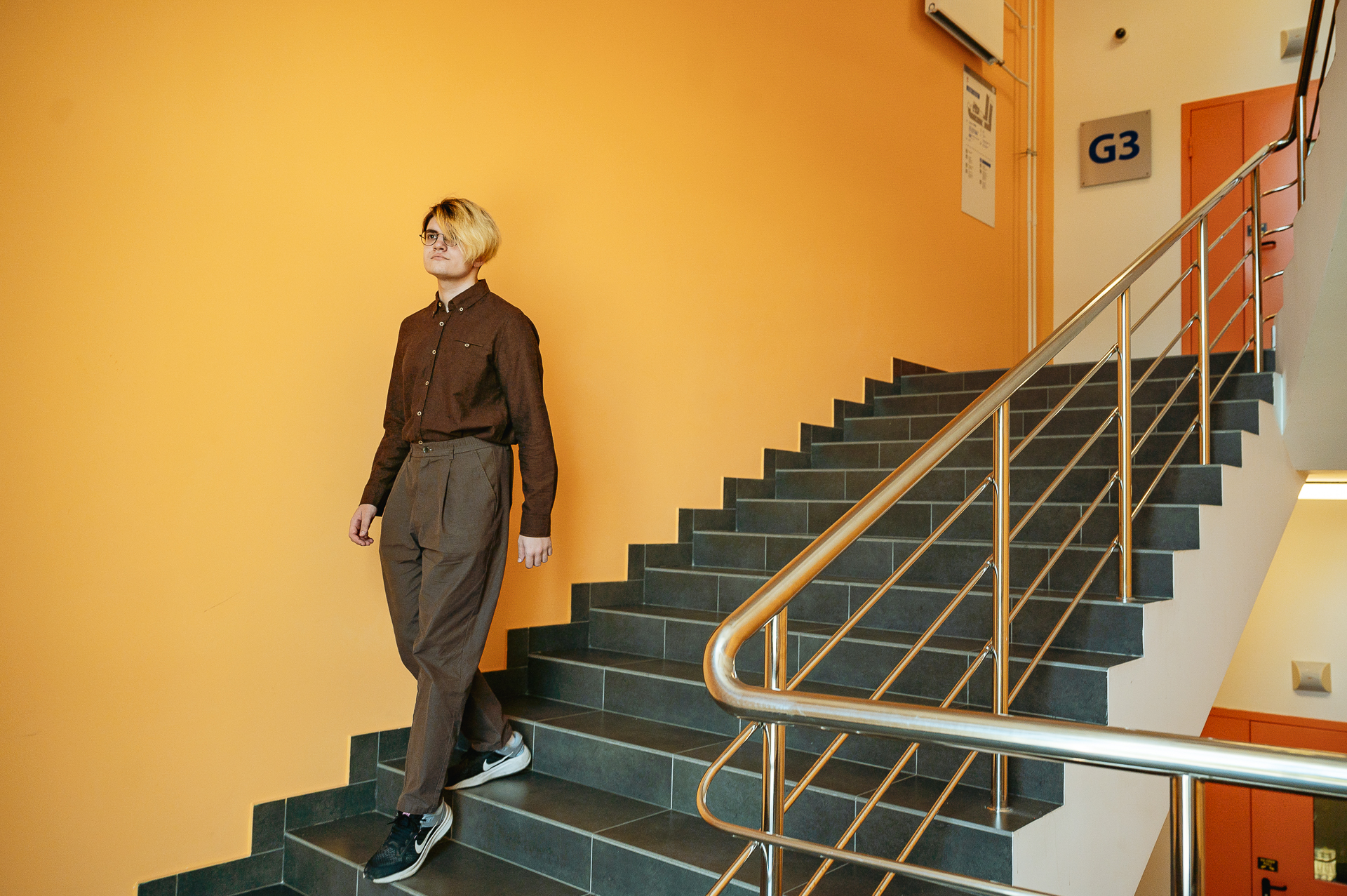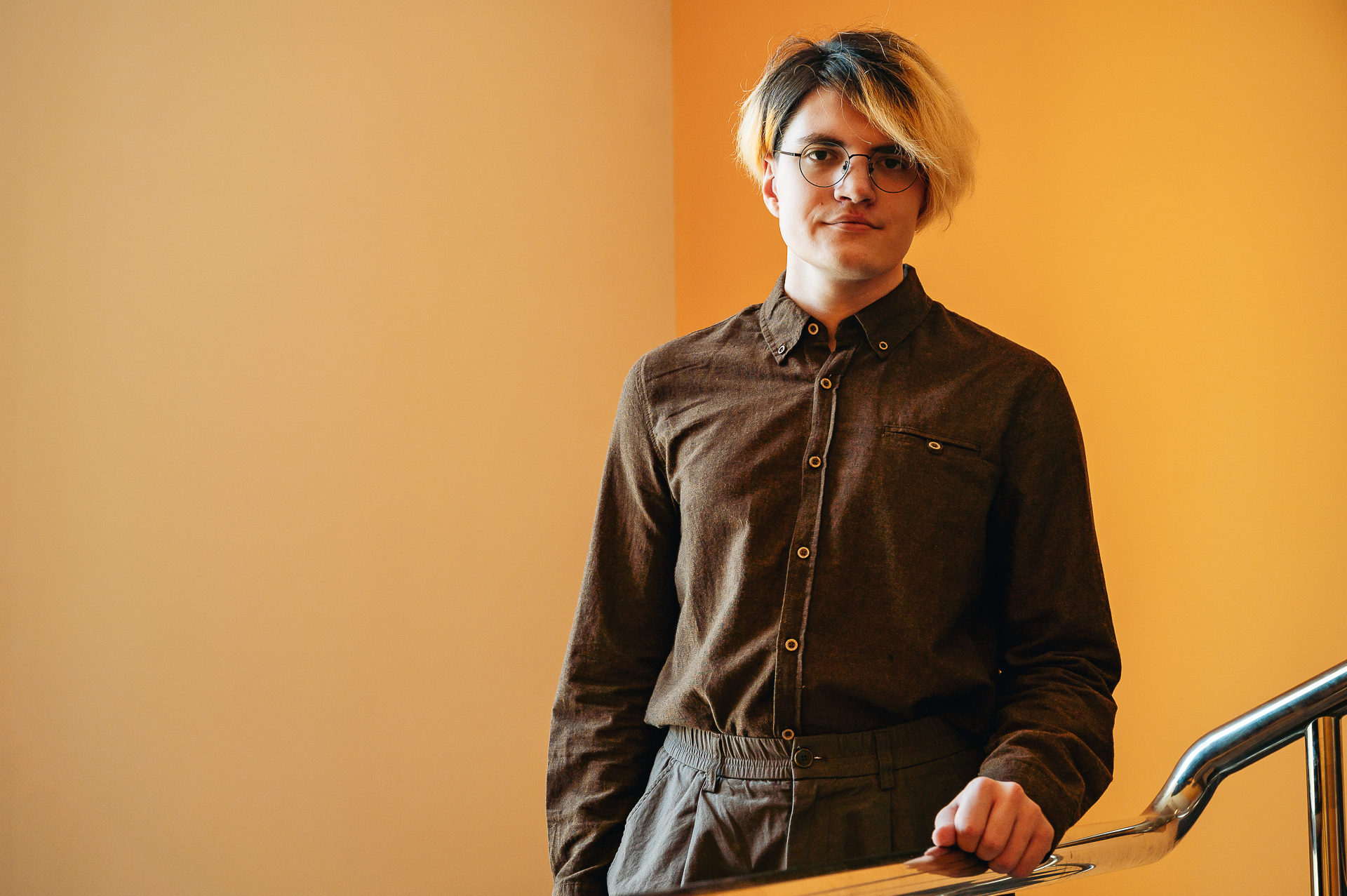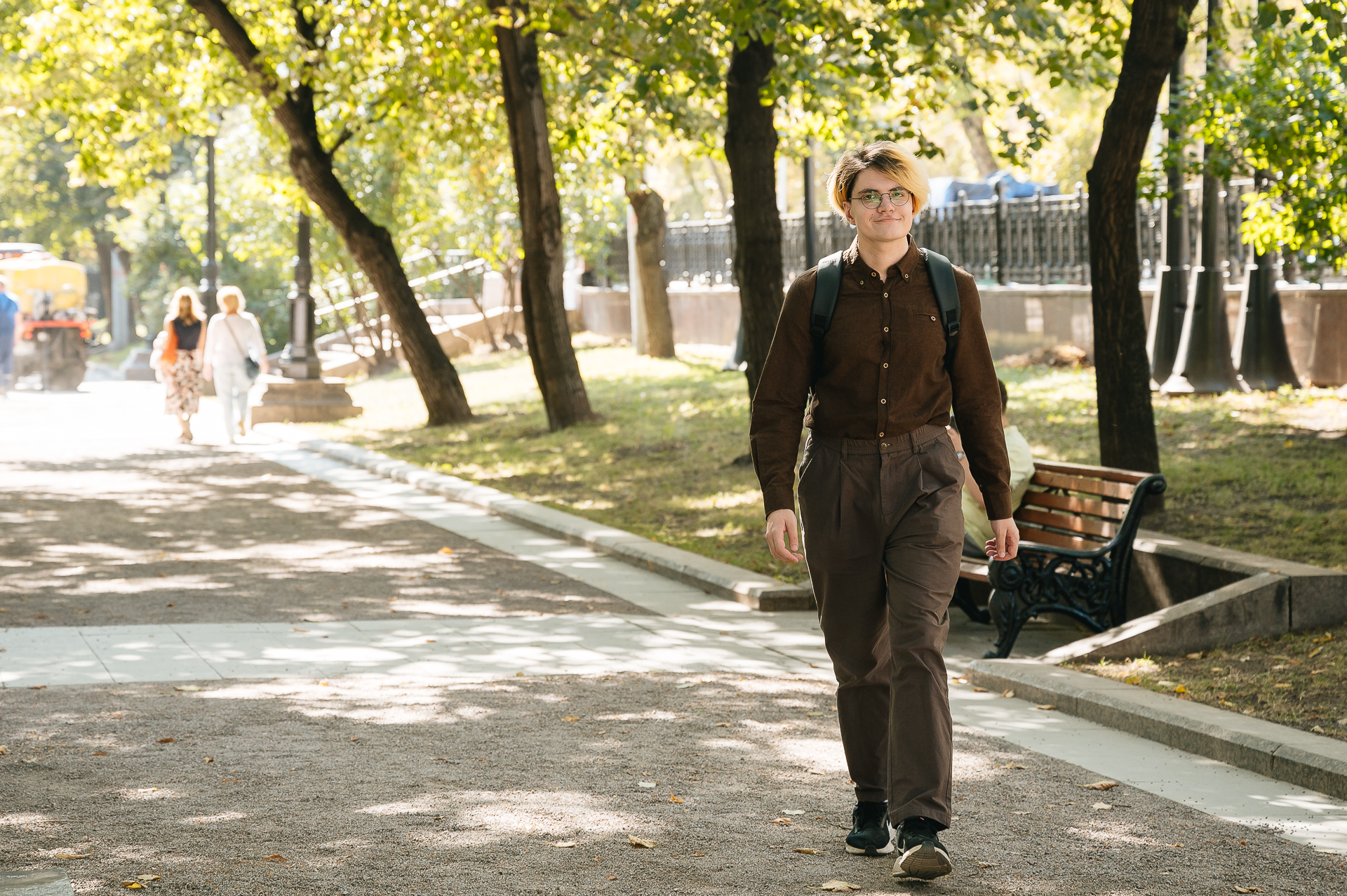'Science Is a Way to Escape Fears Brought on By the Chaos of Nature'
In high school, Mikhail Shishkin used to dismiss probability theory as mere speculation, but today he applies it to solving problems in population genetics. In this interview with the HSE Young Scientists project, he discusses what a modern person's genome can reveal about the past, the question he would pose to the author of Fermat's Great Theorem, and The Ashley Book of Knots.
How I Started in Science
Quite accidentally. During my first year of studies, after six months, my academic supervisor, Vladimir Shchur, invited me to join the International Laboratory of Statistical and Computational Genomics. He presented me with a problem, which I solved—it wasn’t too challenging. I found the topic of genomics interesting and decided to pursue it further.
I had never been particularly fond of biology, but when I discovered that mathematical models could be applied to it, allowing for calculations and research, and leading to theoretical results—I became excited and realised that it was actually quite fascinating.
What Is Genome
In biological terms, it is a large molecule composed of a sequence of organic compounds—nucleotides. In this sequence, each unit can be one of four letters: A, T, C, or G. The entire human genome consists of three billion letters. Working with it is challenging, but scientists have figured out how to compress the data. They produced a sequence as similar as possible to that of the average person, emphasising the common areas. The data of each new individual is compared to this reference, and only the parts of the genome where differences occur are examined.
If common areas are encoded as zero and mutations as one, a computer can use this information to calculate specific models, such as family trees.

The Subject of My Research
Throughout my work, I have been doing essentially the same task, but in different forms. In general, it can be described as the study of population history based on the genetic data of modern humans.
I have been developing several methods that allow for estimation of migration parameters of people who lived around 400 years ago, based on genetic data. One method helps find out more details about two recent migrations, while another one reveals for how many generations the migration lasted.
The first method, called LaNeta, is quite straightforward. Let’s assume we have two genetically distinct populations. About 500 years ago, migration occurred, with some individuals from the first population fleeing to the second, after which the populations continued to live in isolation from each other. In the first generation of the mixed population, the genomes from the two original populations are quite different. However, over successive generations, individuals begin to intermix, and as a result, their genomes form a mosaic of segments from different origins. Our method analyses how randomly these segments are distributed throughout the genome.

The second method, QUAP, is based on a similar concept, but instead of examining correlations between segments in the genome, it uses statistical parameters from the genome, such as variance and average values. These parameters also change over time and can help determine the extent to which mixing has occurred.
The second method has greater potential for application than the first, as it is based on the statistics commonly used in nearly all genetic research. However, the first method is more accurate because it uses more informative statistics, although it requires a larger sample and more computational power.
What Branch of Mathematics I Study
Probability theory. When I was in high school, I didn't like probability theory. My classmates and I thought it was not mathematics, but speculation. However, my opinion has changed significantly since then. I began to study probability theory seriously and realised that it is indeed mathematics, with axioms, theorems, proofs—and all of it works. Today, knowing that some people who aren't particularly passionate about mathematics don't consider it a serious branch makes me appreciate probability theory even more.

For me, mathematics is like a game. You set the basic properties of an object, and then the magic begins: from these properties, others emerge that you hadn't even anticipated. The beauty of mathematics also lies in the fact that the same model can describe both the behaviour of allele frequencies in the genome and fluctuations in securities prices on the market. It's wonderful when you can view models from different angles and interpret them in various ways, even though similar things are at play under the hood. This broadens your perspective and makes the models more alive.
Why am I pursuing science? I simply enjoy using my mind. I love it when thoughts are swirling in my head. When I come up with an idea that could lead to something interesting, I feel great. That's the essence of doing science for me.
People enjoy trying to find patterns in things that seem chaotic, seeking to overcome the fear of the incomprehensible by revealing its structure, even if it exists only in their mind. Science is a way to escape the fears brought on by the chaos of nature. For some reason, it seems to me that there are no true patterns in nature. All models we apply to it have a limited scope—sometimes they work, and sometimes they don't.
We could also say that science is a way of communicating with oneself. You reflect, organise your thoughts, create models based on them, and then try to apply these models to other things you observe. What you are studying isn't nature itself but your perception of it. You're attempting to organise and structure your experiences.
I am far more interested in the joy of the scientific process itself than in its practical applications.
Scientists I Would Like to Meet
Speaking of famous scientists, I would like to ask Fermat whether he was certain that his theorem could be proved. What came together in his mind when he formulated this theorem, and whether he actually had a solution himself.

How I Deal with Burnout
I usually refer to it as a bad mood. It's a very unpleasant state to be in, and during such moments, I don't feel like reflecting on anything.
The most effective way to cope with this condition is to communicate with someone. The topic can be anything, as long as you can reflect on it during the conversation. When this happens, it provides a powerful boost of energy. Attending conferences and field schools also helps a lot.
My Interests Besides Science
I love music. The more sophisticated, the better: progressive rock, classical music—for example, I enjoy the works of Rachmaninov. When listening to music, I imagine a story that accompanies each track.
I enjoy taking a creative approach to listening. I stopped listening to music in the background because I find it too distracting.
I also enjoy playing music. I play other people's works to develop my technique, as well as compose my own music. I like inventing new things and recreating the images I see, hear, and feel, through the use of musical notes.
In science, studies, and music, it's always rewarding when you have explored something and can use it to produce something new. New knowledge unlocks access to a higher level.
My Dreams
I dream of having the freedom to reflect on whatever I want, without anything bothering me.
What I Have Been Reading and Watching Lately
The Ashley Book of Knots. Knotting ropes is not as simple as it seems; it requires spatial thinking. The same node can exist in different forms and will work in different ways. When you pull, it can either come undone or tighten securely.
As for films, I recently watched My Penguin Friend, starring Jean Reno. The protagonist is a fisherman who lost his son at sea and has since isolated himself from the world. One day, he rescues an injured penguin from an oil spill. The film is simple, enjoyable, and inspired by a true story.
Advice for Budding Scientists
It's better to try than to not try. In my life, many of the most rewarding experiences came from suddenly doing something I hadn't originally intended to do. And that's when my life changed.
My Favourite Place in Moscow
4 Khokhlovsky Pereulok, Building 1. It's a narrow corner space between two buildings, and there's nothing there. I love the story behind it. The two buildings had different owners, and according to the property records, this corner was shared by both. For a long time, they couldn't figure out what to do with this space and then decided to leave it empty. That's how it stands now.
My Favourite Place in Vyksa
Vyksa, Nizhny Novgorod Region, is my hometown, and I visit it periodically. In recent years, the town has flourished due to improvements and landscaping. My favourite place there is the forest plantation park. There are remnants of ancient walls, where nature blends with brick buildings, and the spirit of antiquity is palpable.